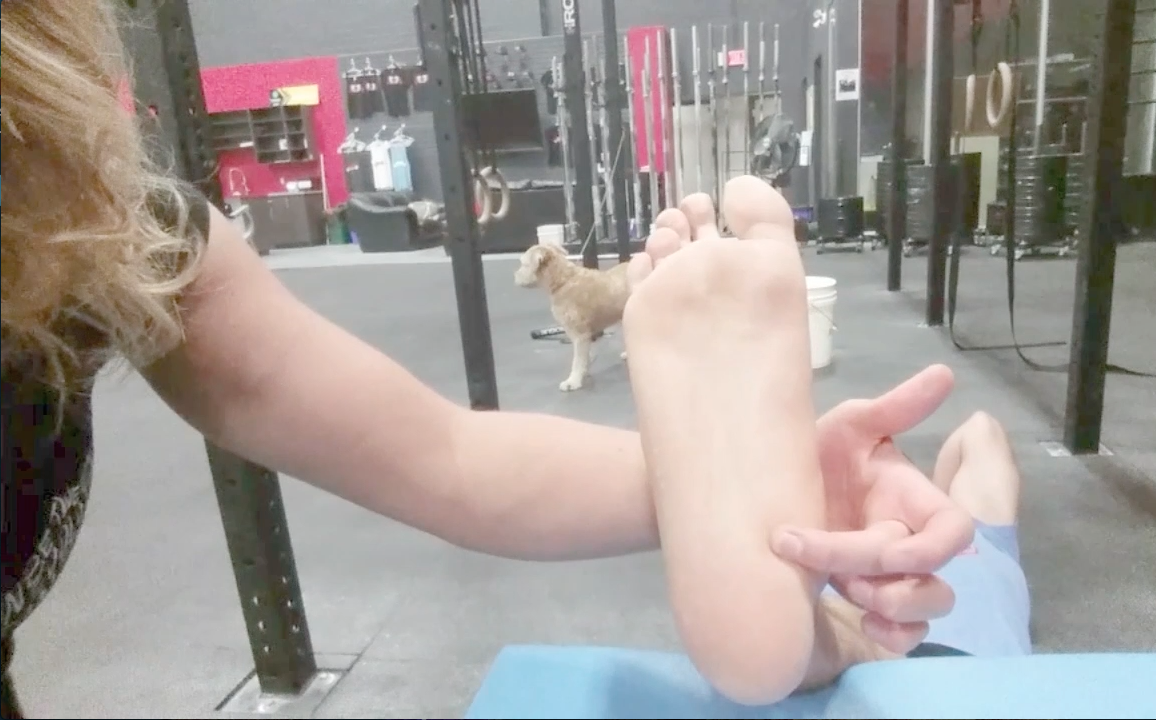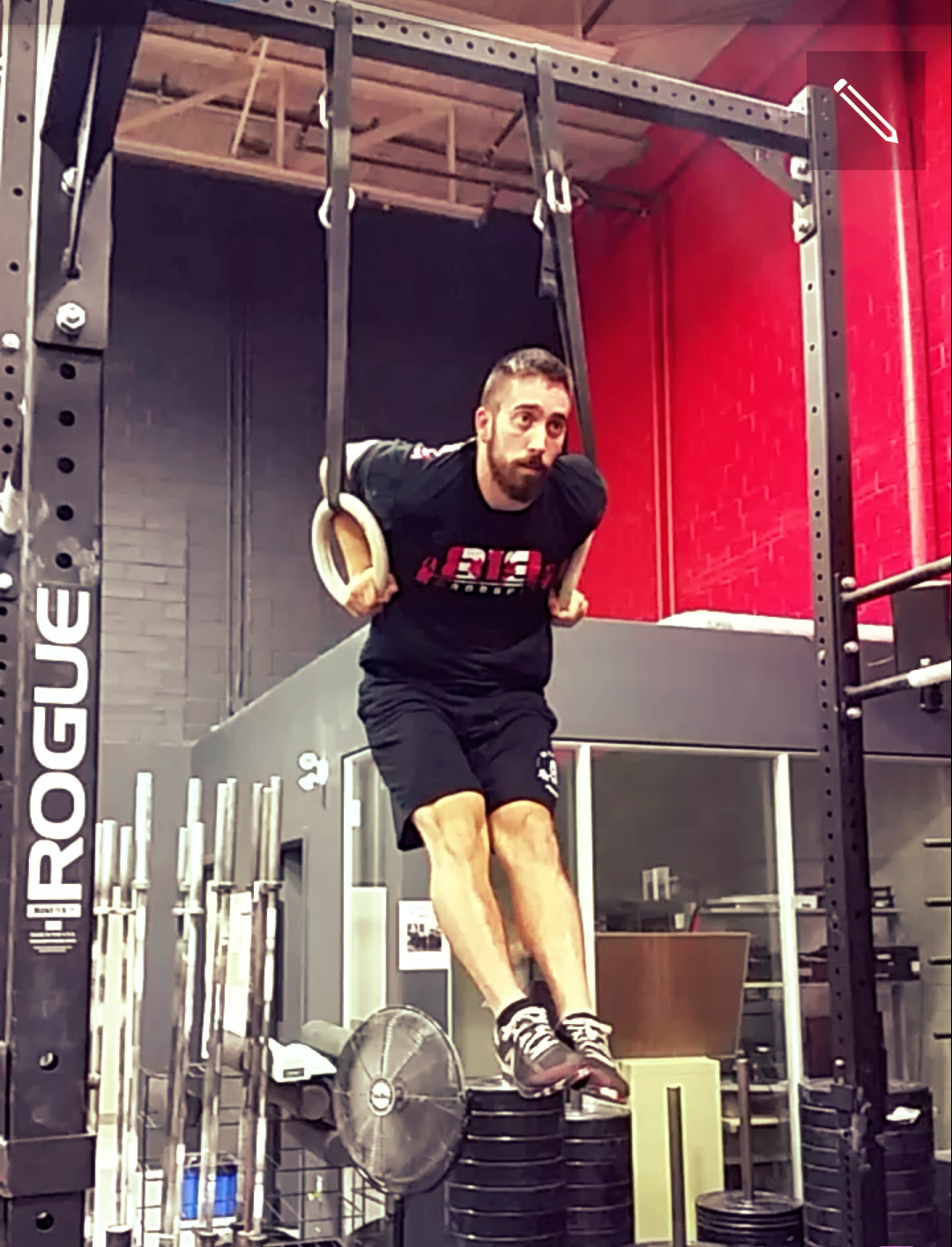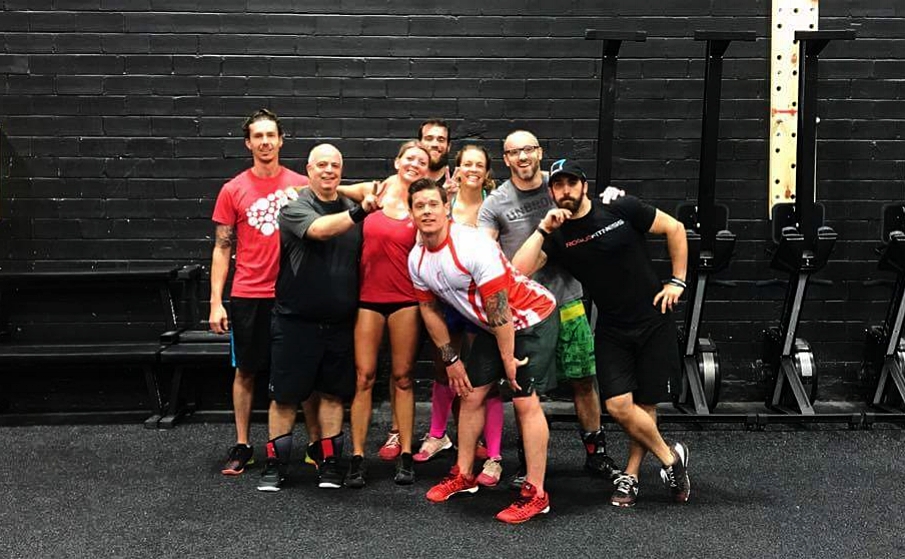
“After nourishment, shelter, and Companionship, stories are the thing we need most in the world”
— Philip Pullman


Should I try CrossFit?
I cannot express the importance of engaging in regular physical activity. It is without question the most important thing you can prioritize for your wellbeing. CrossFit is a great solution to the common time and commitment issues that commonly plague consistent physical activity, and here’s why:

Strength and Power Training for Endurance Athletes
In this blog I address the most common reasons why endurance athletes avoid strength training, and provide counter arguments for why they should be.

Physio In Your Pocket: Rolling the Foot to Relieve Foot Pain during CrossFit
How to properly roll the foot to relieve foot pain or cramping from such injuries as plantar fasciitis.

Video Blog: Shoulder Pain and CrossFit
Shoulder pain is a common complaint among CrossFit athletes. Here is how I can help you recover from your shoulder injuries so you can keep pushing your fitness limits.

How to minimize CrossFit Shoulder Pain
CrossFit requires a high level of shoulder mobility and stability to perform the workouts safely and injury free, though it is relatively uncommon to have both these attributes at the same time. Since you probably don’t love putting in the extra time required to build a base of stability and mobility, here are the best bang for your buck exercises to make the most amount of gains in the least amount of time (15 minutes 3-4 days a week).

Do CrossFit and Take Responsibility for Your Health
It can be challenging to stay physically active in our increasingly demanding lives, with a couple of the biggest hurdles to being motivation and commitment. This is where CrossFit comes in...